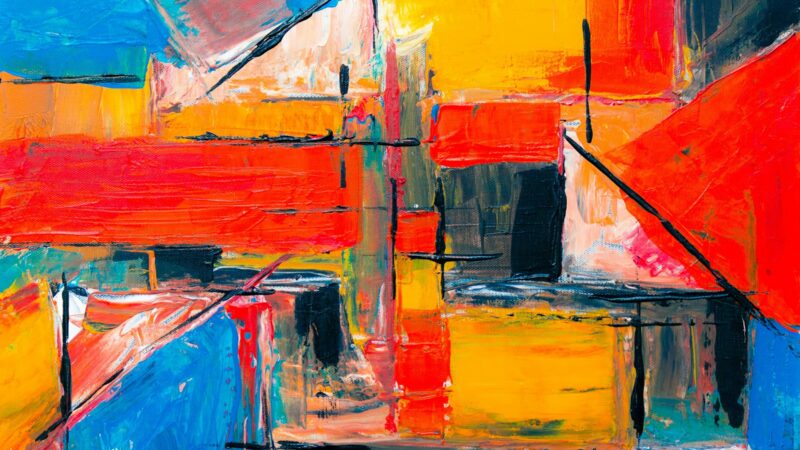Messages are important, and advertising is vital in conveying messages. I do not wish to dwell on the history of such activities, but when we think of advertising, we think of persuasion and attraction; luring the viewer towards the subject matter of said advertisement.
As a result, we (sadly) have advertising on television (as if televisions weren’t bad enough). In the past, iconic adverts have included gorillas playing the drums or memorable lines from Hastings Direct. Have they ever changed anything or produced anything substantial within the UK? I would argue no, not really.
Typically, in the West, government and private business messages on social issues tend to be negative. We see adverts of smokers with cancerous growths and drink driving victims. The ‘world of you’ is incomplete without a specific item and you need it to become complete. The shock factor of such messages intends to make the audience fearful of the consequences of such behaviours.
Additionally, Western adverts which touch on important issues comes across as painfully inauthentic, superficial, and twee. This is likely compounded by a heightened awareness of forcing major issues into such a short space of time for televisions. I assume this is because such adverts are made not for the viewers but for the creators themselves, mirroring most modern media in recent years.
In contrast, one country has used a different means of spreading its message, utilising comedy and the heartfelt. Although funny adverts exist all over the world (most notoriously in Japan), it is the health adverts found in Thailand which do the most wonders.
This being all being said, what has any of this got to do with Thailand its own adverts? Thailand has problems with alcohol, it ranks among the highest in the world and the highest within Asia. Britain has alcohol problems too, all of which have their own effects and subsequent advertising campaigns. What is interesting is how both nations advertise differently to their respective populations. Thai adverts tend to be more friendly, less intense and hit home for the audience. All these things considered, I’m of the view that they’re more effective than UK adverts.
Perhaps the most famous Thai advert is this anti-drinking advert, found here. What is the most interesting is that it is weirdly powerful in nature. We see an individual go from being a alcohol-induced wreck to becoming a functioning member of society in the space of a minute.
It is done in a funny yet logically coherent way. There is no great shock value, no negativity, it is all laid out for the viewer to understand and enjoy. Moreover, the greater emphasis on becoming productive, not just for yourself nor your family, but most importantly your nation. The time you spend drinking could be used to tackle the issues facing your life and getting ahead of things. These actions aggregate into a big societal change occurring; a change occurring from one action.
Contrast this to the harsh and brutal actions taken in UK television adverts regarding alcoholism and related issues. We see botched and broken bodies that shock daytime viewers, yet none of them seem to be memorable or affect us in a long-lasting and meaningful way. There is no positive message nor spin that can be used to reach further to the viewers. In short, what this shows is that of the major cultural divide between how both nations approach not just raising awareness of such issues, but what can be done about it.
Another good example which evokes the heartfelt can be found within this life insurance advert. Again, we see this attitude of avoiding the negative and instead we see the aggregate effects of one man’s actions uplifting the society which surrounds him. The style may be different to that of the aforementioned ‘comedic’ type of adverts, but the messages remain the same. We see a singular man do minor actions which help society at a much larger scale.
This sits in sharp contrast to the types of adverts that are commonly seen in the UK. Most life insurance adverts are reductive. We see some random adult sat at the dining table talking to a suspiciously non-Indian call centre worker about being a non-smoker and the cost of insurance for a newly parented couple.
Above all else, what is propagated is a certain cultural attitude that is reflected within the nation. Generally speaking, this can be summarised as being that of Greng Jai (เกรงใจ). In short, Greng Jai means to be kind and considerate. This, in part, plays in the stereotype of being friendly and smiley in nature. This itself has many different problems which I will talk about in future articles.
However, the nature of Greng Jai, when played out in the role of advertising, presents the core functional difference. When negative and positive messages are presented, it is the positive messages which most effectively conveys the core message of the advertisement. Our ability to address certain issues need not be simplified nor brutalised.
In summary, the potential to learn from how various countries from around the world and how they spread, and promote certain messages to the population at large, remains important. Additionally, it remains important to develop a deeper understanding of how other nations handle themselves when presented with certain issues.



